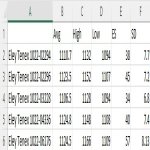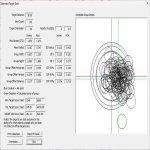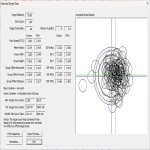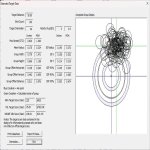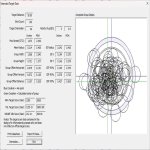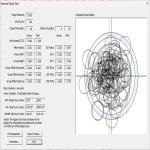Ultimately there's only one way that matters -- which is on target, regardless of what a chronograph suggests. The question here is how consistent should shooters expect a lot of .22LR match ammo to be over the chronograph?
To be sure, no two boxes from the same lot of upper level ammo are identical. But how similar is the ammo within a lot of .22LR match ammo?
The question here deals with match ammo such as Lapua CX, M+ and Eley Match, Tenex, and RWS R50 and Special Match. (Entry level match ammos such as SK and more affordable Eley and RWS varieties may have considerable variation within a lot.)
To be sure, no two boxes from the same lot of upper level ammo are identical. But how similar is the ammo within a lot of .22LR match ammo?
The question here deals with match ammo such as Lapua CX, M+ and Eley Match, Tenex, and RWS R50 and Special Match. (Entry level match ammos such as SK and more affordable Eley and RWS varieties may have considerable variation within a lot.)



















































